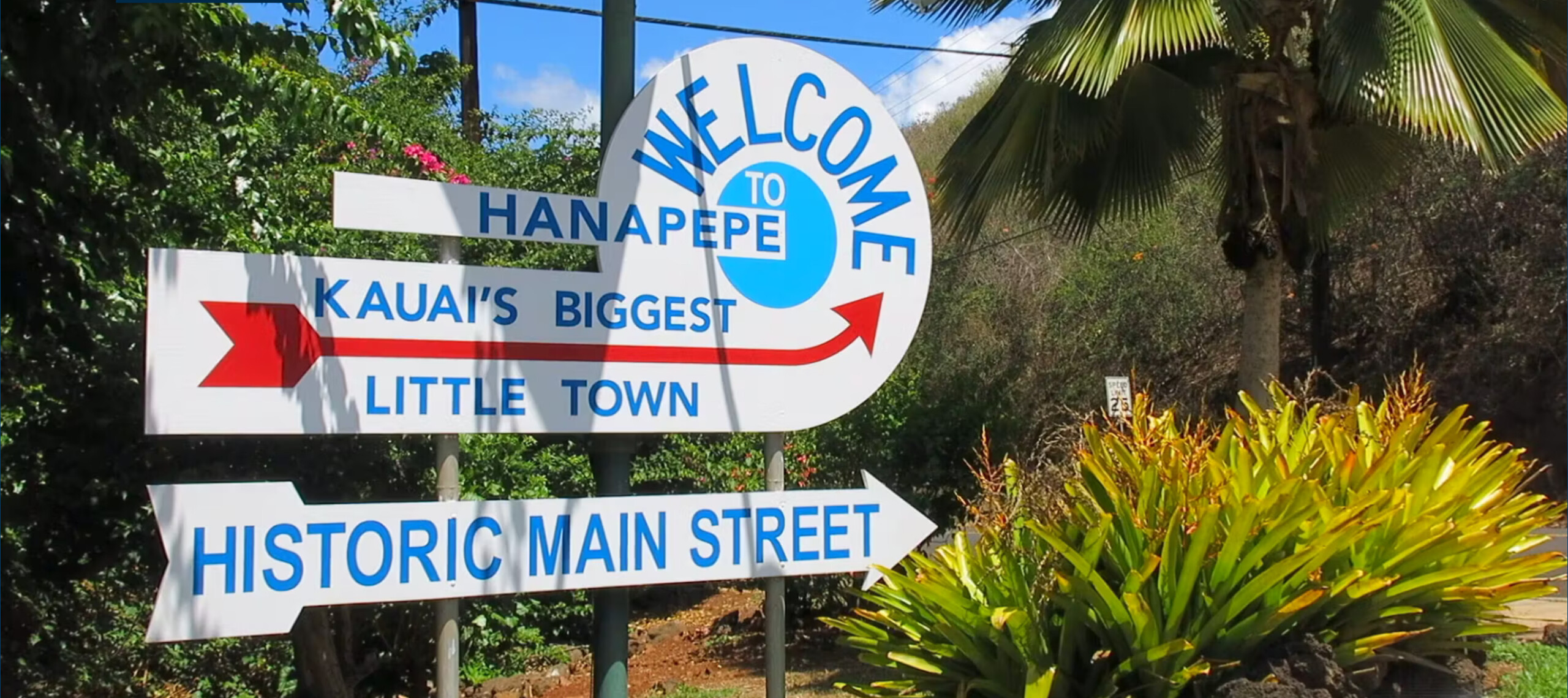By Tommy Noyes

Gliding down the gentle grassy slope in Lydgate Park’s open field, Daniel Lozar practices keeping his balance on two wheels. Carl Lozar, his dad, removed the pedals from Daniel’s bike. After Daniel’s confident with his balance and steering, the pedals will be reinstalled and he’ll practice pedaling and braking. Photo by Tommy Noyes
Learning how to balance on two wheels — riding a bicycle — is a magical experience. Here are recommendations to help a total beginner to start riding.
Start with a properly fitted helmet and a bicycle that’s the right size. Learning on a bike that’s too big can result in tipping over and injury. A standard diamond frame bike is the right size when you can stand over the bicycle (in front of the saddle) with your feet flat on the ground.
There should be about one or two inches of clearance between the top tube and your crotch. If the bike’s too big you won’t be able to stand with your feet flat on the ground while straddling the top tube, and if it’s too small there will be more than four inches between your crotch and the top tube.
Do not use training wheels, no matter how young the rider. If you start relying on training wheels, you’ll need to unlearn the improper body positioning they enable before you can achieve balanced riding. Training wheels allow you to lean away from the direction you are turning. That is just the opposite of leaning into your turns — the automatic maneuver you’ll need to grasp in order to stay upright, steer and maintain your balance.
Adjust the saddle height so that you can easily touch the ground on both sides with your toes, and take off the pedals. Without pedals you can’t knock your shins or be tripped by them. Removing and reinstalling the pedals may require a bicycle mechanic’s help; the pedals are often screwed on very tight, a special wrench may be required, and the left pedal is reverse threaded.
Find an obstacle-free grassy area with a gentle down hill that levels out at the base of the slope. Falling on grass is much more forgiving than hitting a paved surface.
Begin by putting on your helmet, picking a spot far enough up the slope so that you can point the bike down hill, sitting on the saddle, and then letting yourself roll down the slope, onto the level area, until you naturally run out of momentum and come to a stop.
Keep your feet up as much as you’re able, but it’s OK to put a foot down to catch yourself before you tip over. You’ll soon find your balance and build confidence in your ability to stay upright on two wheels as you practice rolling down the hill, starting higher up the slope each time you’re ready for increased speed.
Try leaning into gentle left turns, then leaning into right turns, and then maneuvering through lazy S turns as you roll down the hill. When you can consistently keep your feet off the ground as you swoop down the hill, you’ve captured the sensation of balancing on two wheels, and can reinstall the pedals.
Now you’re ready to cautiously venture onto level paved surfaces, like Ke Ala Hele Makalae, to practice braking and pedaling.
- Tommy Noyes is Kaua‘i Path’s executive director, a League of American Bicyclists Certified Instructor, and active with the Kaua‘i Medical Reserve Corps.
Discover more from ForKauaiOnline
Subscribe to get the latest posts sent to your email.






Leave a Reply